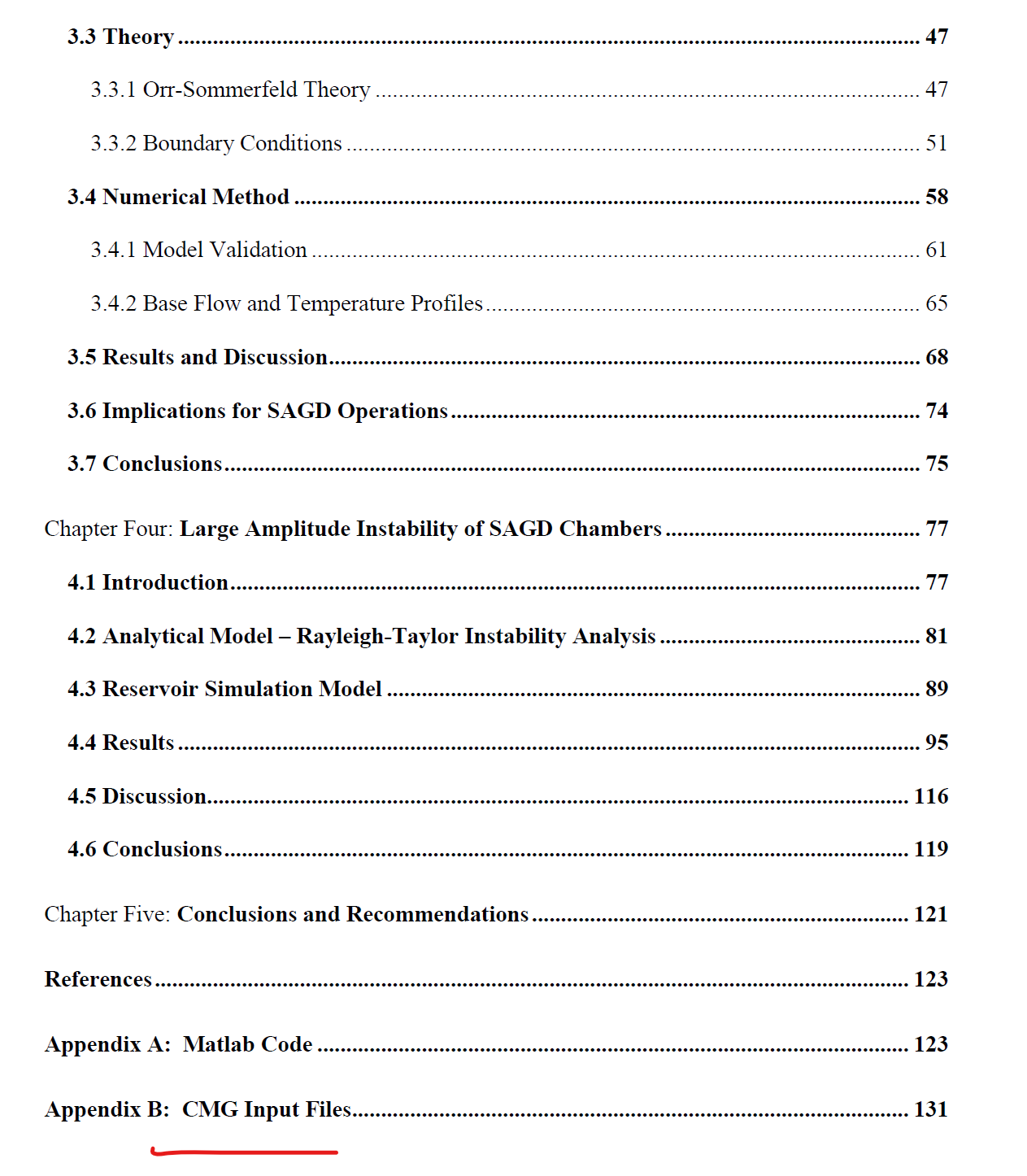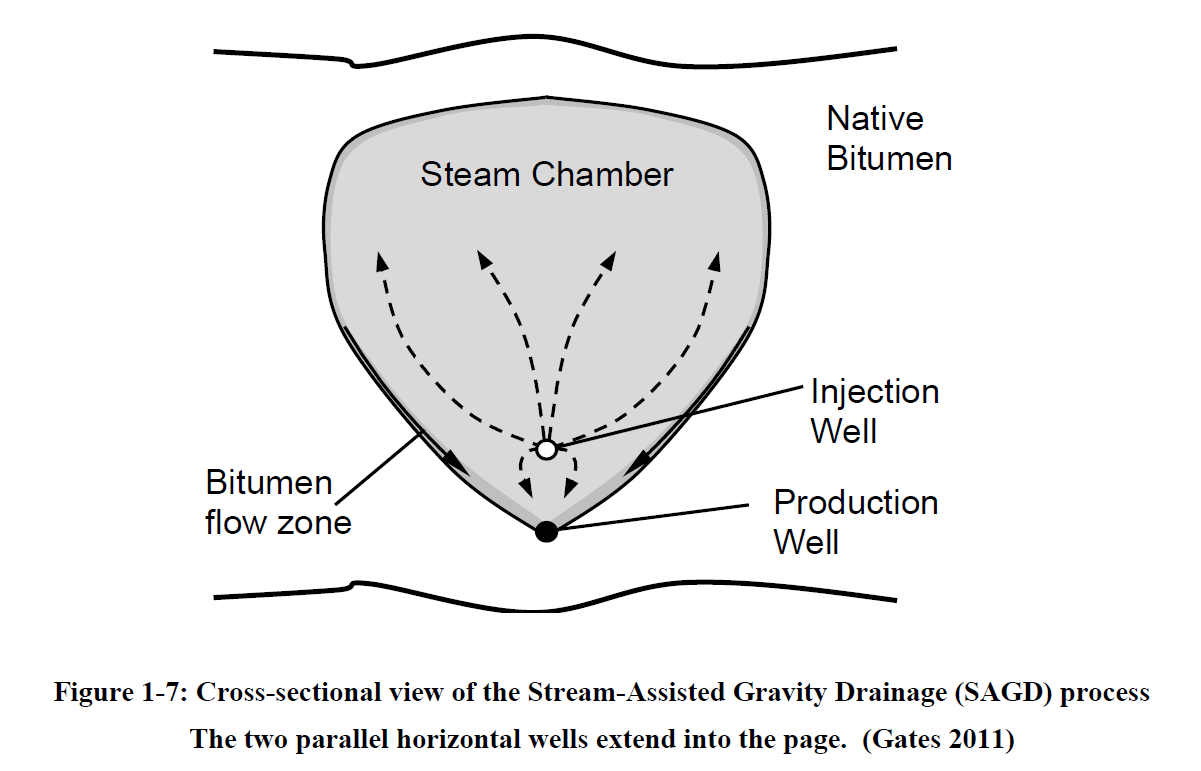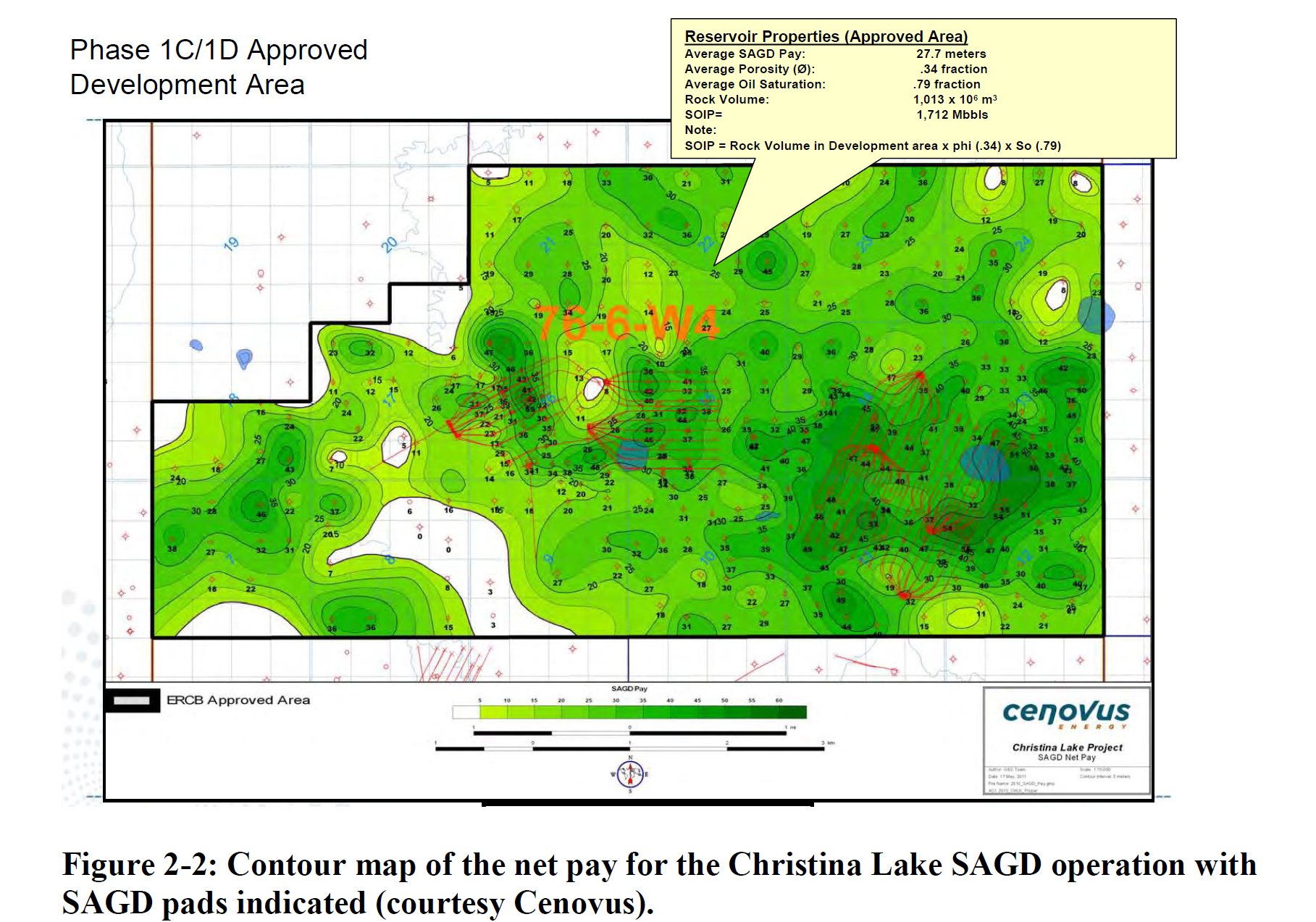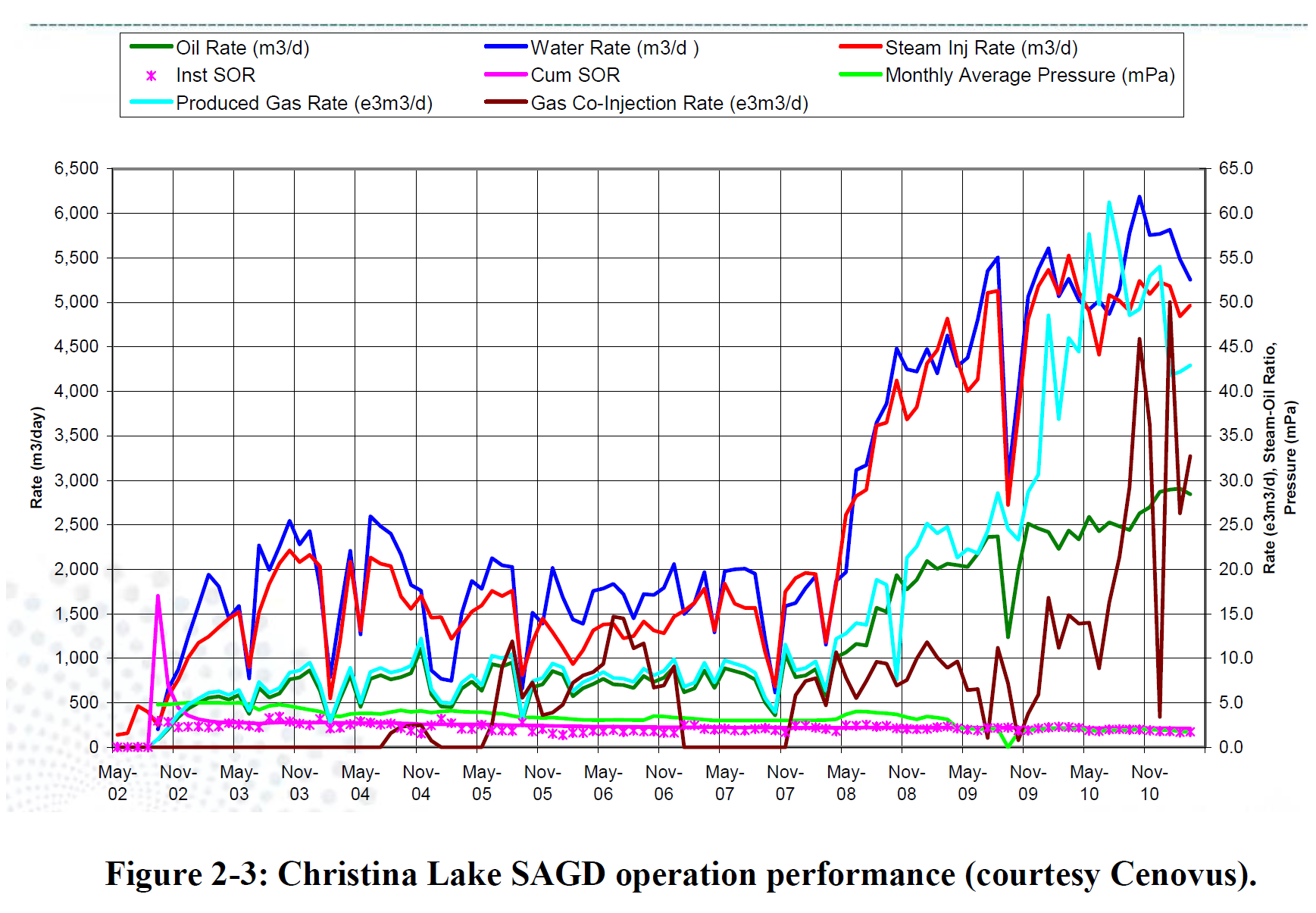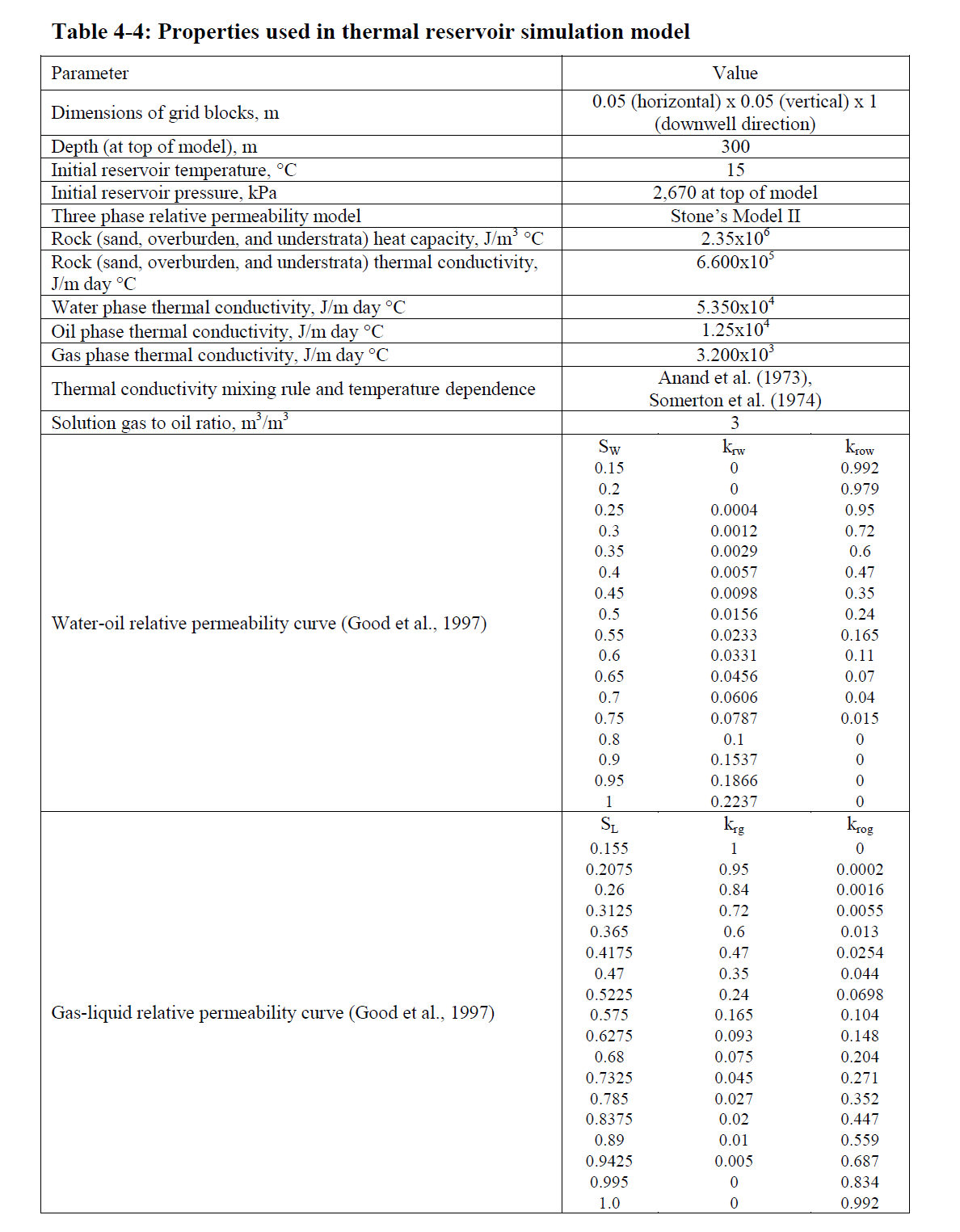Stability of Interfaces in a SAGD Steam Chamber
Abstract
Oil sands reservoirs in Western Canada are among the largest petroleum accumulations in the world. Given the high viscosity of the oil, typically in the hundreds of thousands to millions of cP, these oils are recovered from the reservoir by using steam which heats the oil to between 180 and 250C which lowers its viscosity to less than 10 cP. The key issue faced by these recovery processes is their thermal efficiency and consequent greenhouse gas emissions and water use.
The larger the amount of steam used, the greater the greenhouse gas emissions and water use and the lower the economic viability of the recovery process itself. Thus, the thermal efficiency of steam-based recovery processes is a critical measure of process viability. Ultimately, the thermal efficiency is controlled by the efficiency of the growth of the steam chamber in the reservoir. In other words, steam conformance in the reservoir is a critical control on the efficiency of the recovery process. The research documented in this thesis examines the stability of the steam-oil interfaces to further understand the dynamics of steam chambers in oil sands reservoirs. The key reason that we are interested in instability in SAGD is that it potentially plays an important role in the growth of the steam chamber with consequent changes of heat transfer and oil rate.
The results show that even in a homogeneous reservoir, instabilities can yield non-ideal steam conformance within the reservoir. The instability takes place in the gas phase beyond the edge of the hot steam chamber in the gas zone that is created due to gas exsolution. The nonlinear instability that is exhibited by the fine grid reservoir simulation results can be triggered by the difference in either viscosity (Saffman-Taylor) or density (Rayleigh-Taylor). To observe fingering at the edges of depletion chambers in steam-based recovery processes, fine grid simulations are required. Given that the fingers are of order of 30 cm in width, this implies grid blocks of this or smaller orders of length scales are needed.
卡尔加里大学

